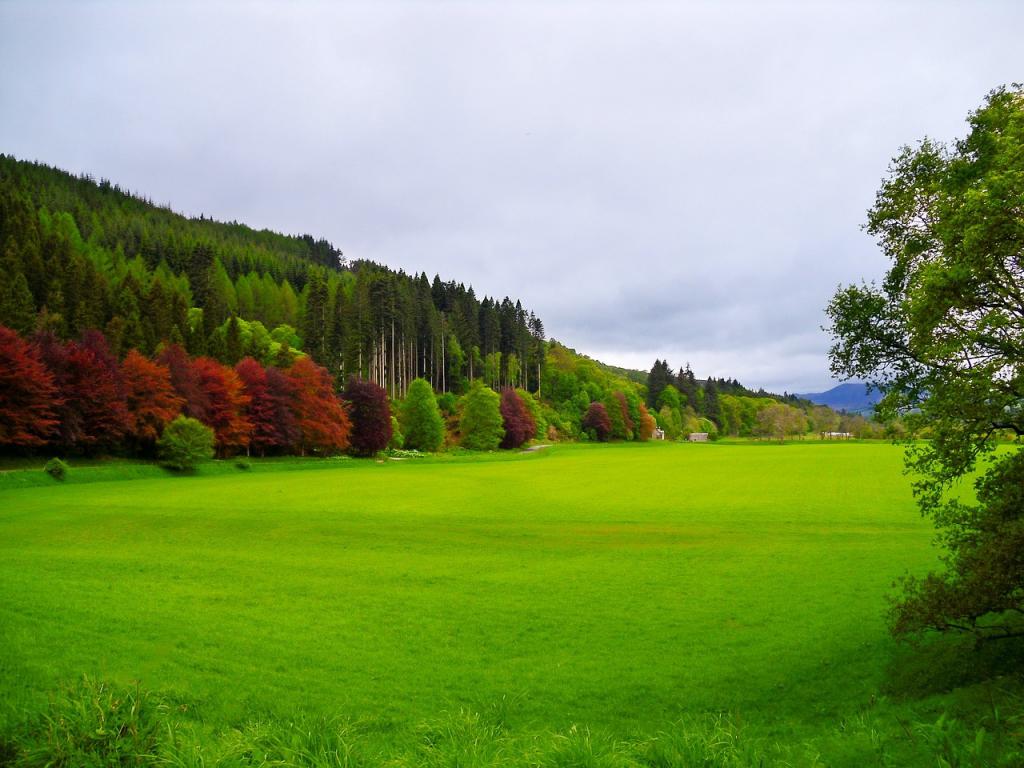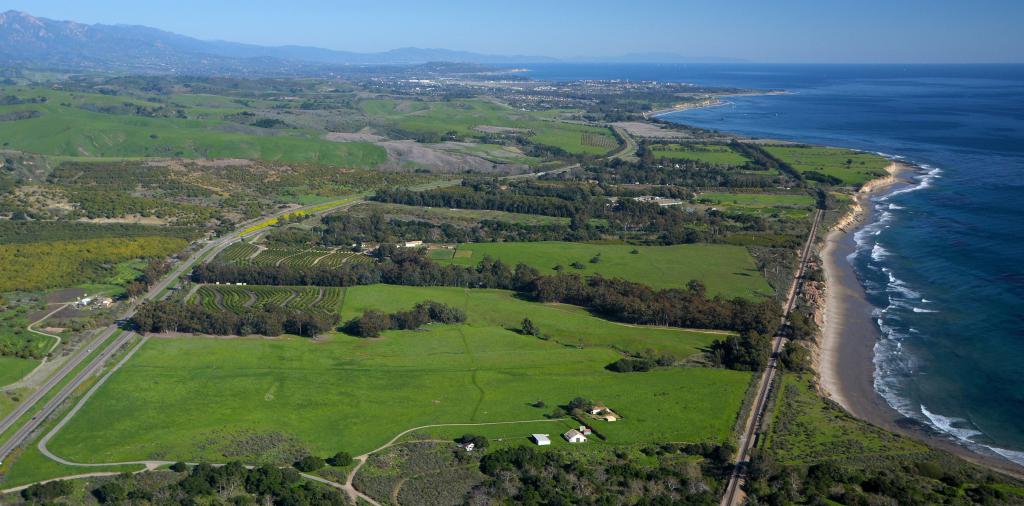In the scientific and practical fields of land law, mention is often made of the legal regime of land. There is no clear definition of this concept, despite the fact that it is present in a number of modern regulatory documents. At the same time, using pre-reform interpretations of the legal regime of lands would be fundamentally wrong, since they are based on a monopoly right of state ownership and do not correspond to current legal practice.
Instrument for regulation of relations in land law
On the other hand, the content of this concept can be explained as follows. Revealing the term “regime” itself, we can conclude that the above institute of land law is an established system of public and public relations. Their subject is the right to use a limited territory. In this case, for certain areas should take into account additional features of the legal regime. Wellness areas and resort areas are the most striking example.
In addition, the principle of determining the boundaries within which the legal regime of lands and localities applies is important. In Russia, territories are identified in which a general or special procedure for regulating relations between subjects of land law is established. For example, the lands of settlements are intended for the construction of a residential and non-residential fund, expansion of infrastructure, and therefore a general development regime applies to them. In turn, on land plots that belong to the common area, a special development regime is more suitable. Its essence lies in the construction of only those structures that do not contradict the target program of exploitation of the area.
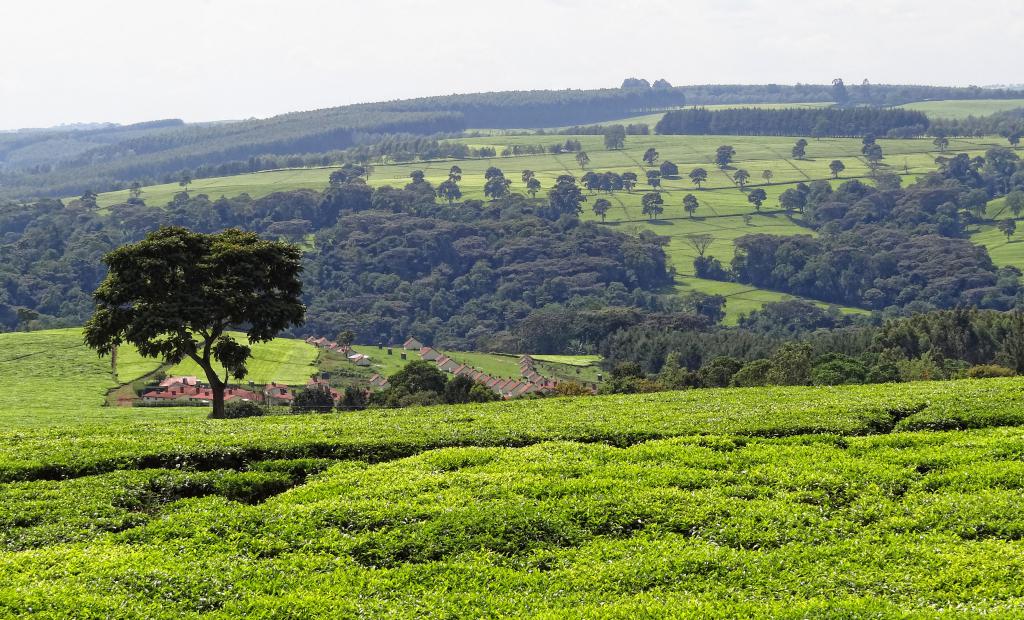
Thus, the object of the legal regime (land) and its borders determine the features of the legal regime of lands. Each territorial locality in the Russian Federation corresponds to a specific legal status and a system for regulating relations between entities (users).
Agricultural land
The largest territorial area of Russia is agricultural land. The legal regime established over peasant lands is noted in Article 77 of the RF Labor Code. The codified law calls agricultural lands territories outside the boundaries of settlements. The lands, which make up about 40% of the state’s territory, are provided for the agricultural sector.
The fundamental principles of the legal regime of agricultural land include:
- a course exclusively for the installation use of land;
- the formation of the maximum possible size of the total area of agricultural land located within a single municipal district;
- promotion of private ownership;
- the pre-emptive right to purchase agricultural land remains with the subjects of the Russian Federation or municipalities;
- priority of participants in shared ownership of land.
Another important nuance that affects the issues of the regime of agricultural lands is the ability of foreigners to possess land exclusively on a rental basis. This category includes citizens of other states, stateless persons, foreign organizations and Russian legal entities, whose authorized capital more than half consists of foreign shares.
Change of legal status of agricultural lands
Change in the intended purpose of agricultural land is allowed in a number of cases noted by law:
- conservation of agricultural land;
- permission from the authorities to create specially protected areas;
- assignment of the area to environmental, recreational or historical-cultural land fund;
- changing the boundaries of settlements or the establishment of new settlements;
- placement of industrial facilities (possible only if the cadastral value of land does not exceed the average for the corresponding administrative-territorial unit);
- transfer of land to the forest or water fund due to unsuitability of soil for further agricultural production;
- construction of roads, railways;
- installation of communication lines, power lines, pipelines and other linear objects;
- the implementation of mandatory measures related to the implementation of international treaties or the defense of the country;
- fishing for valuable resources in the presence of an approved project for land reclamation;
- placement of objects of socio-economic and housing purposes if no other option for their dispersal is possible.

Changing the legal regime of farmland lands is not allowed if their cadastral value significantly exceeds the average cadastral values in the urban district or municipal district. The law also does not provide for the possibility of transferring relations between subjects of especially valuable (from the point of view of production) agrarian plots to the new regulation system.
Cities and villages
The land regime of settlements significantly differs from the previous one. They recognize territories intended for building and expanding the infrastructure of a settlement. The lands of settlements serve as a separation of the boundaries of cities, towns and villages from lands of other categories that cannot cross the line of a municipality, going beyond it. The boundaries of land allocated for use or ownership to entities (citizens or organizations) should be located in such a way as to prevent their intersection with the borders of cities and rural settlements.
The initial boundaries of the territorial zones of settlements are determined on the maps of urban planning zoning. At the stage of project preparation, residential, industrial, engineering and transport zones, public and administrative areas, as well as places of agricultural use, resorts and lands with special legal regimes (special-purpose territories protected by the state, areas of military installations, etc.) are established.
By the way, a related concept for the lands of settlements is a suburban zone. The legal regime of the lands of settlements always implies the presence of a territory located along the perimeter of the borders of cities and villages. It is believed that the purpose of the suburban areas is the development of the economic and social infrastructure of the village, the growth of residential and industrial areas. The boundaries of the suburban part of the settlement are determined by the developers of the urban development project at the planning and development stage of the settlement.
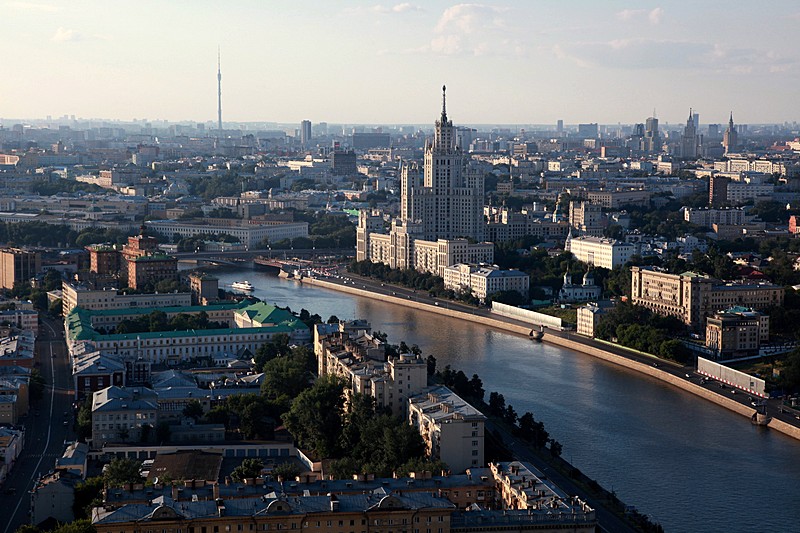
Industrial land regime
Industrial zones include territories located, as a rule, outside settlements and points. Such land shall be provided, as appropriate, to various institutions, enterprises and citizens on a rental or property basis. The purpose of this distribution of territories is to ensure the operation of production facilities, transport, energy, computer science, defense and other areas of the state economy.
Unlike previous systems, the legal regime of industrial lands has a specific purpose. This area serves as a spatial basis for the location of a number of industrial and technical facilities. Quite natural requirements to the lands themselves follow from this feature.Not only their area, but also qualitative characteristics, the possibility of further use in the economy are taken into account.
When compared with the legal regime of lands of settlements, industrial territories are notable for the unsafe nature of the industrial activity of hosted organizations. The harmfulness of the manufacturing sector in most cases requires the creation of special protective structures to protect the nearby residential, agricultural or environmental sectors. As such structures, spatial gaps are most often used - these are artificially planted stripes of trees that serve as a kind of filter. Perennial plantings can minimize, and sometimes completely neutralize the negative impact of industrial enterprises on the environment.
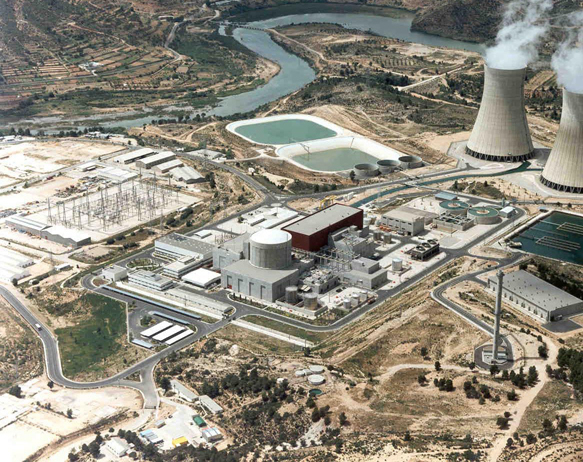
In the concept of the legal regime of industrial lands, there are no restrictions associated with the possibility of changing it. Regardless of the purpose of the territory, the transfer of land to another category is carried out, as a rule, without hindrance. The only exception is serious soil contamination or the abundance of buildings to be demolished in a given area. In this case, a change in the legal regime of lands is carried out on the basis of an approved project for their restoration.
Land water fund
The totality of water bodies in the territorial limits of Russia is also regulated by law. In accordance with the Water Code of the Russian Federation, all objects are divided into surface and underground, and the basis for their classification are physical and geographical features and differences in the legal regime.
The first group includes:
- seas and their bays, straits, bays, estuaries, etc .;
- rivers, canals, streams and other watercourses;
- reservoirs, quarries, lakes, ponds, stakes and other bodies of water;
- wetland;
- geysers, springs and other groundwater exit points;
- glaciers.
The legal regime of the lands of the water fund is determined by the type of land facility. The typology is formed on the following grounds:
- technical indicators (presence of structures, protective structures or lack thereof);
- form of ownership (state, private, municipal, constituent entities of the Russian Federation);
- access condition (general or limited use).
The legal status of lands completely covered by water is determined by the provisions of regulatory legal acts. As for the territories that are occupied by water supply or other hydraulic structures, including land reclamation, the features of their legal regime are spelled out in the Land Code and other legislative documents regulating relations in this sphere. For questions affecting the ownership rights of these structures, answers can be found in the Civil Code of the Russian Federation.
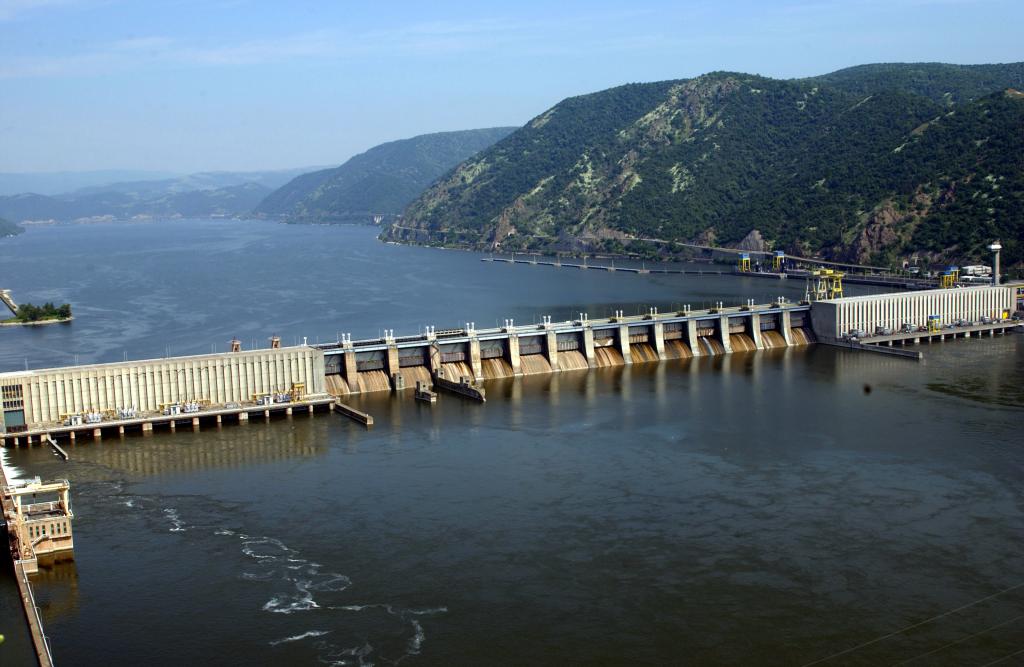
Civil legislation establishes regulations for the use of hydraulic structures, determines the procedure and conditions for their equipment, operation as a tool for water use.
Forest Territories
The current legal regime of lands with plantations is established by Article 101 of the Land Code of the Russian Federation. This provision of the codified law regulates the relations of subjects of land law on the use and ownership of the territories of the forest fund. Issues of property affiliation, acquisition, transfer of ownership of artificial plantations and forest plots are defined in the Forest Code of the Russian Federation, adopted in 2006. The legal regime of forest lands extends to:
- Forest territories - areas covered with vegetation (trees, shrubs, grasses) and lands that do not have plantings. The last land plots are intended, as a rule, to restore vegetation or its final felling.
- Non-forest lands, which are necessary for creating roads, as well as clearings, swamps, etc.
Article 27 of the RF Labor Code defines strict restrictions on the turnover of lands related to the forest fund. The fifth part of this provision states that such plots cannot be privatized and presented in private ownership, except in cases established by federal law. Certain territories of the forest fund may be granted to the user with the rights:
- rent;
- perpetual exploitation;
- gratuitous use for a limited time;
- easement (limited use of private property).
Under the close control of the state
A separate story is the legal regime of specially protected lands. Such territories include objects and valuable terrain, which, according to decisions of state bodies, constituent entities of the Russian Federation, representatives of local self-government, may be withdrawn or limited in circulation. A separate legal regime is established for such lands, which is indicated in article 94 of the RF Labor Code. In accordance with the law, specially protected territories are:
- health-improving zones, resort complexes;
- nature reserves, nature reserves, conservation areas;
- territories with recreational, historical and cultural value.
Specially protected lands differ from terrain and objects with a different legal status in a number of ways:
- high natural or social value of a particular site;
- the impossibility of providing private property;
- withdrawal of specially protected lands in circulation;
- together with restrictions in a unique legal regime, such lands are given federal, local or regional significance;
- the status of the area is determined at the level of government bodies.

By the way, specially protected natural territories are not conservation areas. In the first case, we are talking about state reserves, biosphere reserves, natural monuments, as well as national parks, dendrological and botanical gardens. This also includes the territories on which the small ethnic groups of Siberia, the Far East, and the North live. These areas are classified as traditional nature management.
Conservation lands
In general, these are forbidden and non-conservation zones, as well as areas occupied by plantations. The protection zone provided for by forest legislation, which most often acts as a spatial limiter of industrial areas, does not belong to the category of lands of the forest fund and specially protected territory.
Territories with the status of recreational lands are considered an object intended for organizing leisure and tourism, sports and fitness activities of the population. Consequently, recreational areas are designed to meet the needs of society and individual citizens in recreation, useful and safe leisure activities.
Approaching in more detail the definition of the concept of recreational sites, it is worth highlighting such objects as:
- boarding houses;
- houses and recreation facilities;
- campsites;
- health camps;
- tourist parks;
- tent camps in the forest;
- physical education and sports facilities;
- houses of fishers and hunters.
A more detailed list of recreational facilities is contained in article 98 of the RF Labor Code.
Historical and cultural aspect
The legal regime for the use of lands of historical and cultural heritage is determined by Art. 99 of the same codified document. The list of territories includes the following objects:
- monuments of culture and history of peoples and nationalities living and residing in the territory of modern Russia;
- archaeological sites;
- Attractions that are considered the territory of the existence of crafts, historical industries and crafts;
- burial sites of civil and military persons.
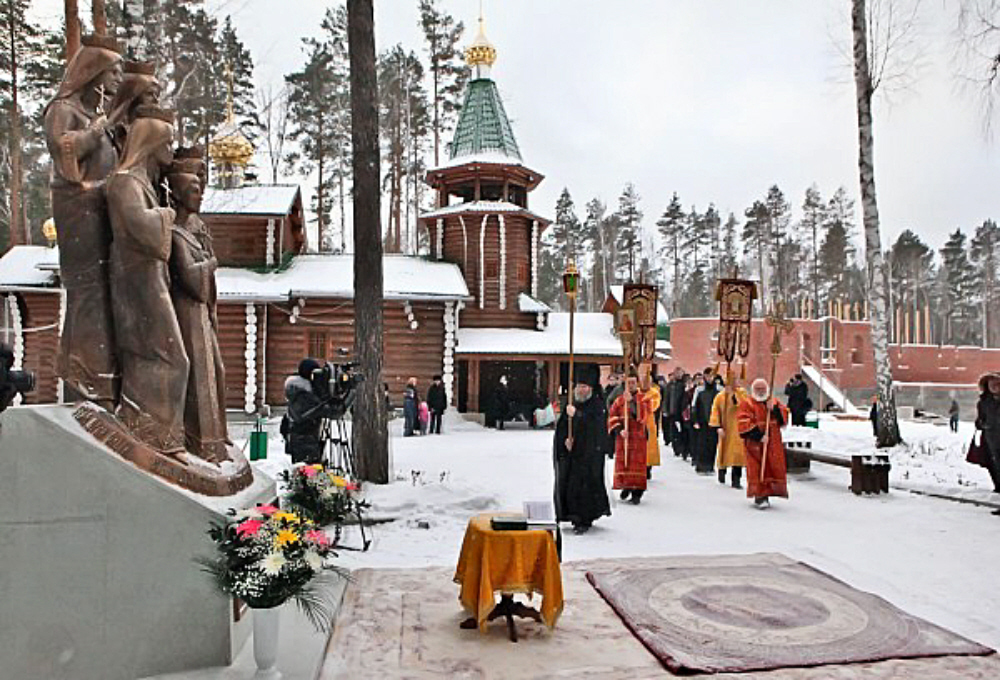
Such places are of particular scientific and historical value. This is due to the peculiarities of their legal regime.The concept of cultural heritage lands also includes rare or atypical landscape formations, amazing geological formations. At the same time, the area provided for the placement of research associations and organizations can be classified as particularly valuable territories.
